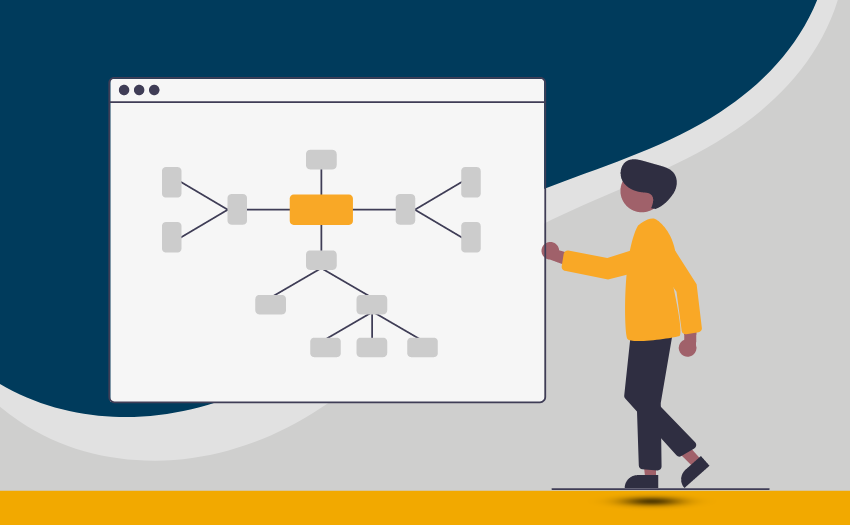Agile organizations often discuss the importance of customer feedback and sentiment. While we develop our products and services for customers, we must remember to keep an equally important stakeholder at the forefront of our minds: our team members.
Positive employee morale is crucial to sustainable organizational growth, retention, and innovation. After all, happy employees translate to happy customers.
This article provides five recommendations for agile leaders to create a work environment that supports and seeks to improve employee morale.







